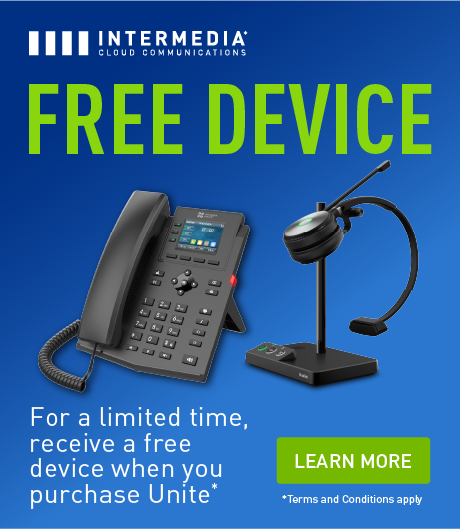The way the world works forever changed during the pandemic, and it’s likely not going to return to the old normal. Business owners realize the value of enabling work from wherever models and employees now demand flexibility. To ensure this type of workforce has the tools it needs, companies are turning to an easy VoIP (voice over IP) setup that supports this new structure, allowing for users to make and receive phone calls for business from anywhere.
What’s the Current State of Work?
Surveys, studies, and research on the ecosystem of workforce structures abound. In a PwC report, the findings included perspectives from both employees and executives:
- 55 percent of employees want to work at least three days a week remotely.
- 68 percent of executives want employees in the office at least three days a week.
While there are differing opinions about how often staff should be in the office, companies also agree that remote work was successful, with 83 percent saying as such. Employers and employees also agreed that remote work is productive, even more so than in-person in certain scenarios.
The study also looked at investments to support a work from wherever model, with 72 percent of executives planning to spend more on tools for virtual collaboration.
One of the essential aspects is telephony services. These have to be flexible and usable from anywhere, which VoIP delivers since it uses the internet rather than traditional analog systems. VoIP enables cloud-based phone systems versus legacy systems, which only work on-premises.
But how easy is it to make the migration to VoIP? Is VoIP setup a hurdle to adoption?
VoIP Migrations
In the past 18 months, the acceleration to move away from on-premises solutions was a necessity. Companies could no longer keep everything on-site, no matter the industry. While this trend had momentum before COVID, the pandemic was a boost. During this time, we’ve helped many businesses with this migration and VoIP setup.
The reality is that such a migration is less complex than you may think. It’s also cost-effective. Getting started with VoIP includes these steps:
- Choose your provider: There are many different VoIP platforms available. When comparing options, you’ll most likely look at cost, features, quality, reliability, support, and user reviews. Assess your business goals and the access that your workforce needs to define the parameters of functionality you need. Then demo several systems to determine if they fit your requirements and the ease of use of the system for your administrator.
- Create a migration plan with timelines and communication strategies: You’ll need to work with your new provider regarding when you’ll move from your legacy system. Once the timeline is in place, it’s crucial to develop messaging for your users so they’ll be aware of the plan.
- Consider any special requirements: VoIP phone systems aren’t one-size-fits-all. Specific industries may have unique needs due to compliance or processes. There may also be features outside of the norm that are important to you, such as call analytics, a smartphone app, or spam call protection.
- Document the process and network changes: You’ll be retiring a legacy system or moving away from a current VoIP solution that’s no longer adaptable. Developing a configuration and design of the new phone system will ease the load when you go live.
- Plan for the future by understanding scalability: Your business will grow, and you’ll add new users. They could be in-person, fully remote, or both. When you onboard new employees, you’ll want to ensure that you can scale without limitations or having to request it from your service provider.
- Review your call flows and IVR (interactive voice response): When you move to VoIP, it’s a good time to revisit call flows and how you’re using IVR to best route calls. Make sure you can change call flows with ease and that those receiving them can do so from any device.
- Ensure accurate number porting: Start with a list of existing numbers that you’ll port to the new system. Work with your new provider to make sure this is accurate, and you won’t have challenges post-deployment.
- Train your users: Kick-off training before the migration so that as soon as the system is live, your employees will have the information they need to use the technology. There isn’t a huge learning curve, but the new solution may have various features and accessibility options that are much different from your former one.
Simple VoIP Setup Drives Adoption and Provides Employees with Tools They Need
Since work can happen from wherever, your team members need to know that switching to a VoIP phone solution is an opportunity, not an unwelcome change. The opportunities for your staff include:
- Greater accessibility with smartphones, desktops, and physical phones.
- New features that support their workflows or needs, such as transcribed voicemails and text alerts when new ones are available.
- Improved productivity because they can take and make calls from anywhere, rather than having limitations.
- Better call quality that’s reliable.
Empower Your Team to Work from Wherever
The workforce is evolving, and to stay competitive and support your employees, you should look to future-proof technology like VoIP. It’s just one of the many communication and collaboration tools that are part of a UCaaS (Unified Communications as a Service) tool that we provide in Intermedia Unite. Explore how easy and comprehensive it is.
August 4, 2021
Explore other posts on these topics: Unified Communications





